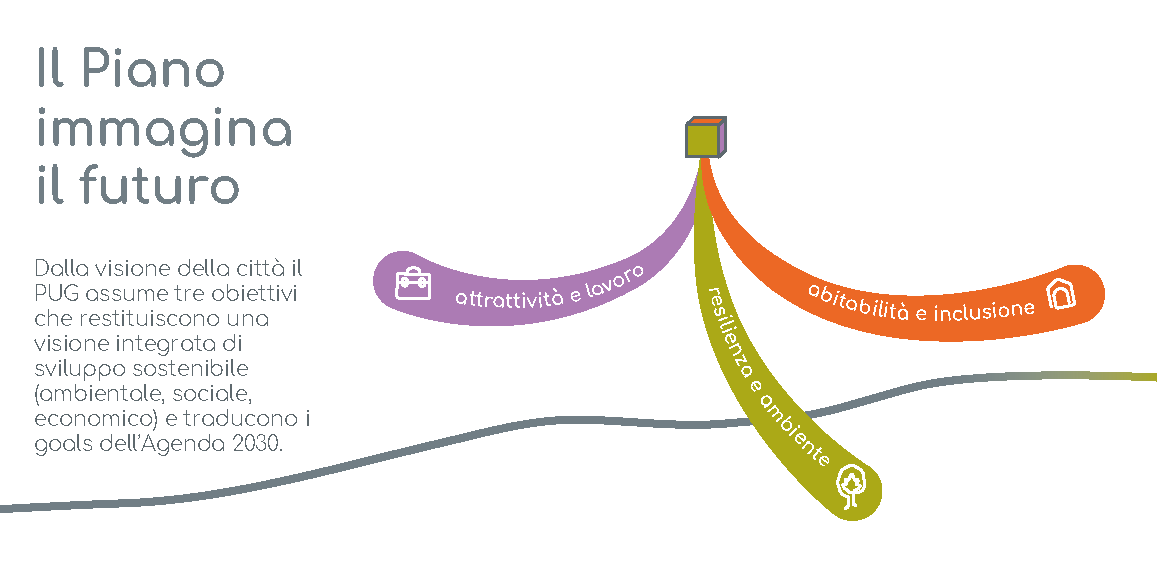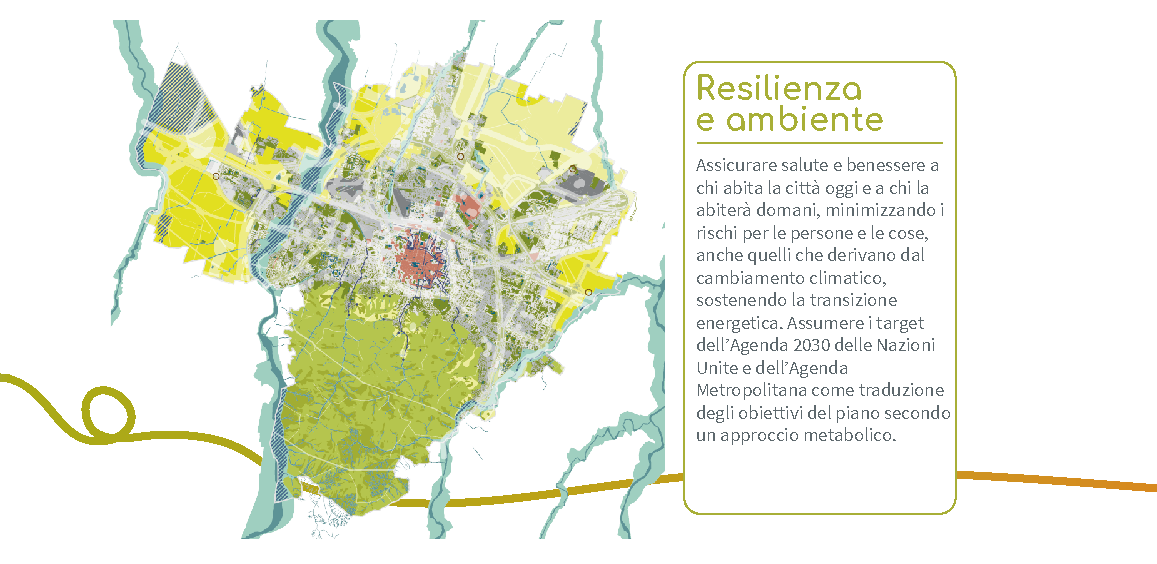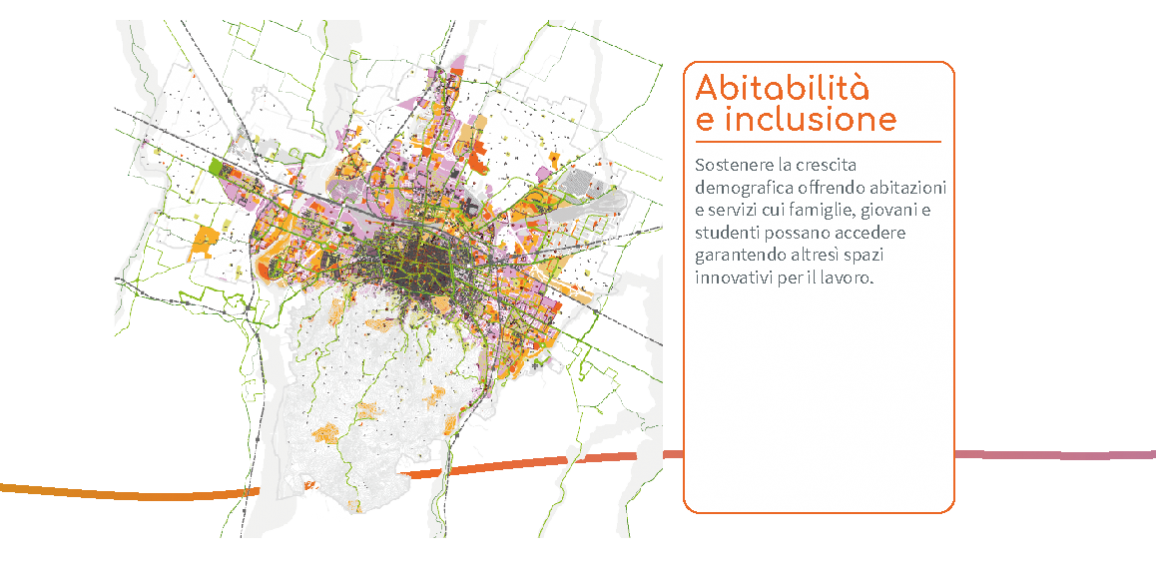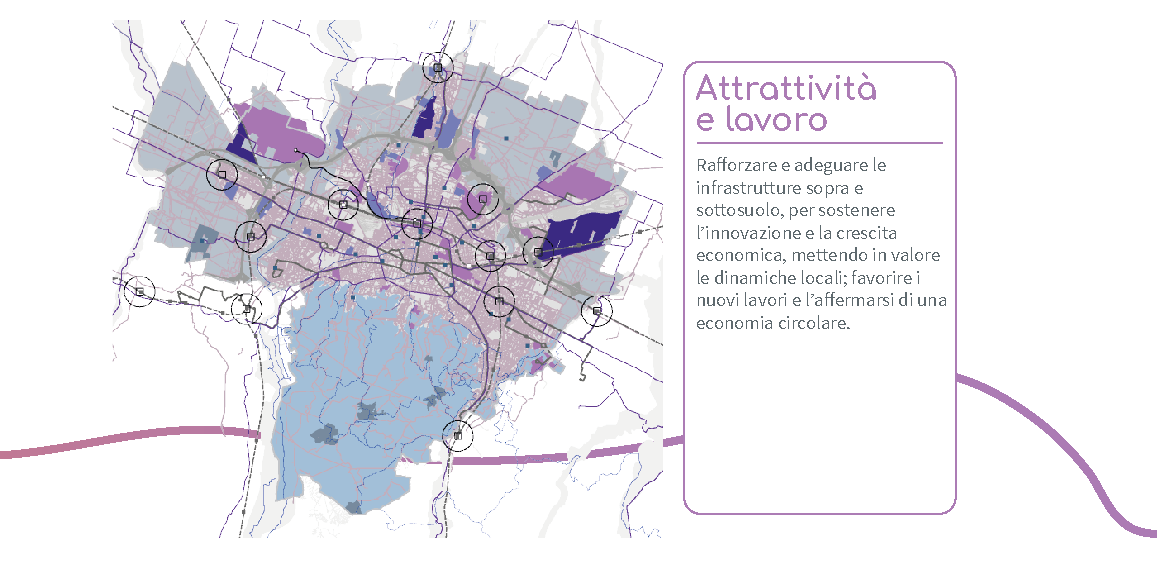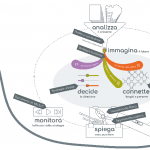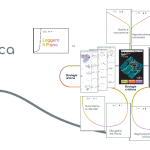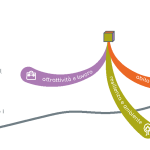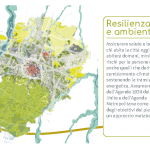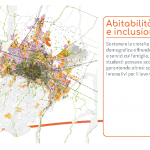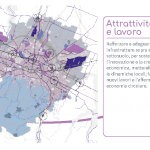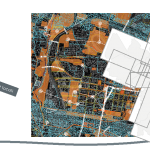Bologna is the first Municipality in the Emilia-Romagna Region to have approved the General Urban Plan (PUG), as required by Regional Law 24/2017. The new PUG of the Municipality of Bologna was finally approved on July 26, 2021 and entered into force on September 29, 2021.
The Plan took up two challenges, the one of innovation and the one of continuity in relation to previously approved tools.
The objectives identified are 3. The first is “Resilience and Environment”, that is, ensuring health and welfare to those who inhabit the city today and those who will inhabit it tomorrow, minimizing risks to people and property, including those arising from climate change, supporting the energy transition.
The second objective is “Habitability and Inclusion”: support demographic growth by providing housing and services that families, young people and students can access while also ensuring innovative spaces for work.
Finally, “Attractiveness and work”: strengthening and adapting infrastructures above and below ground to support innovation and economic growth, enhancing local dynamics. Then encourage new jobs and the emergence of a circular economy.
Starting from the 3 objectives, the WYP is structured in strategies of two types: the urban strategies, four for each objective, which are structured thematic sets of actions that select priorities and establish guidelines for urban policies and rules for urban planning and building interventions for the transformation of the city; the local strategies, a total of 24 as the number of significant areas recognized by citizens, which identify priorities for local action, starting from a description that identifies opportunities and problems for the regeneration of public space in the city.
The Plan is composed of a total of 4 groups of documents: “Profile and Knowledge”, “Assets and Strategies”, “Valsat Document”, “Table of Constraints”; the “Building Regulations” is the fifth document of the Plan, as it was drawn up at the same time, although its approval followed a different path, being included in the criteria of the “normal” building regulations that now follows the attempt of standardization at national and regional level.
Italiano





